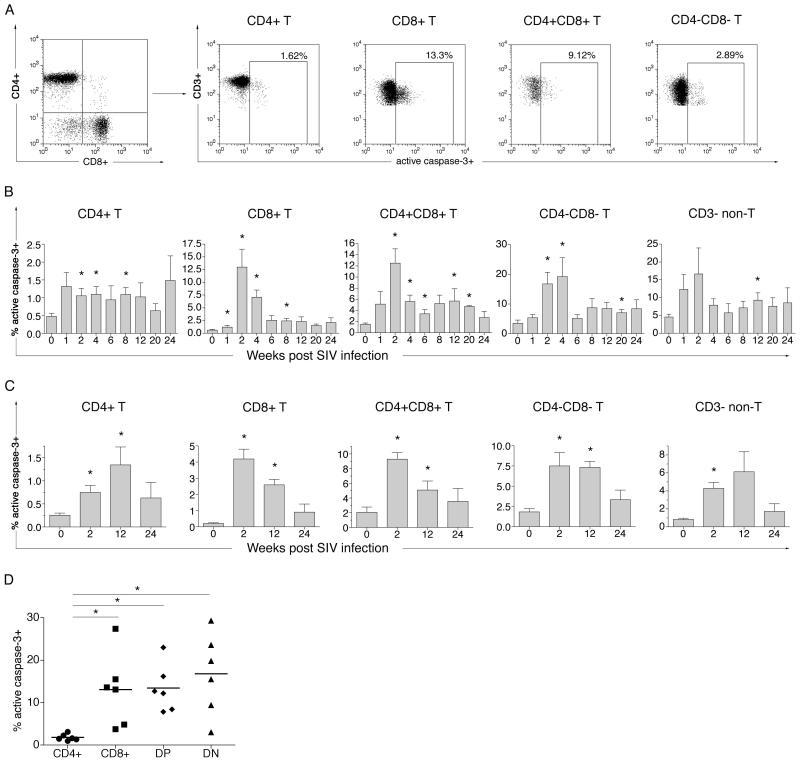Figure 4. Increase in apoptosis of T and non-T lymphocyte subsets following SIVmac239 infection.
(A) Representative flow cytometric analysis of active caspase-3 in freshly isolated T lymphocyte subsets at week two post SIV infection. Lymphocytes gated on CD3+ T lymphocyte were analyzed for intracellular expression of active caspase-3 on CD4+, CD8+, CD4+CD8+ (DP) and CD4−CD8− (DN) T lymphocytes. (B) Longitudinal analysis of apoptosis in peripheral blood lymphocytes. Percentage caspase-3-positive cells prior to and at different time-points following SIV infection are shown for T lymphocyte subsets and CD3− non-T lymphocytes. (C) Longitudinal analysis of apoptosis of T lymphocyte subsets and CD3− non-T lymphocytes in the peripheral lymph node. Time-points pre SIV, and at weeks two, 12 and 24 post SIV infection are shown. Columns and error bars represent the mean and SEM values of six (weeks 0 to12) or four (weeks 16 to 24) rhesus macaques. Asterisks denote significant differences (P value <0.05) between pre-SIV and post-SIV infection time-points determined by the two-tailed paired t-test. (D) Comparison of maximal frequency of apoptotic cells in different T lymphocyte subsets in the first four weeks post SIV infection. Asterisks denotes significant differences (P value <0.05) between T lymphocytes subsets determined by the one way AVOVA Kruskal-Wallis and Dunn’s post test.

